In 10 Reasons to Join us in the Canadian Rockies, we gave you incredible scenic and cultural highlights you’ll enjoy on your Best of the Canadian Rockies 12-Day and 9-Day tour. Here we share our local, inside insights you won’t want to miss.
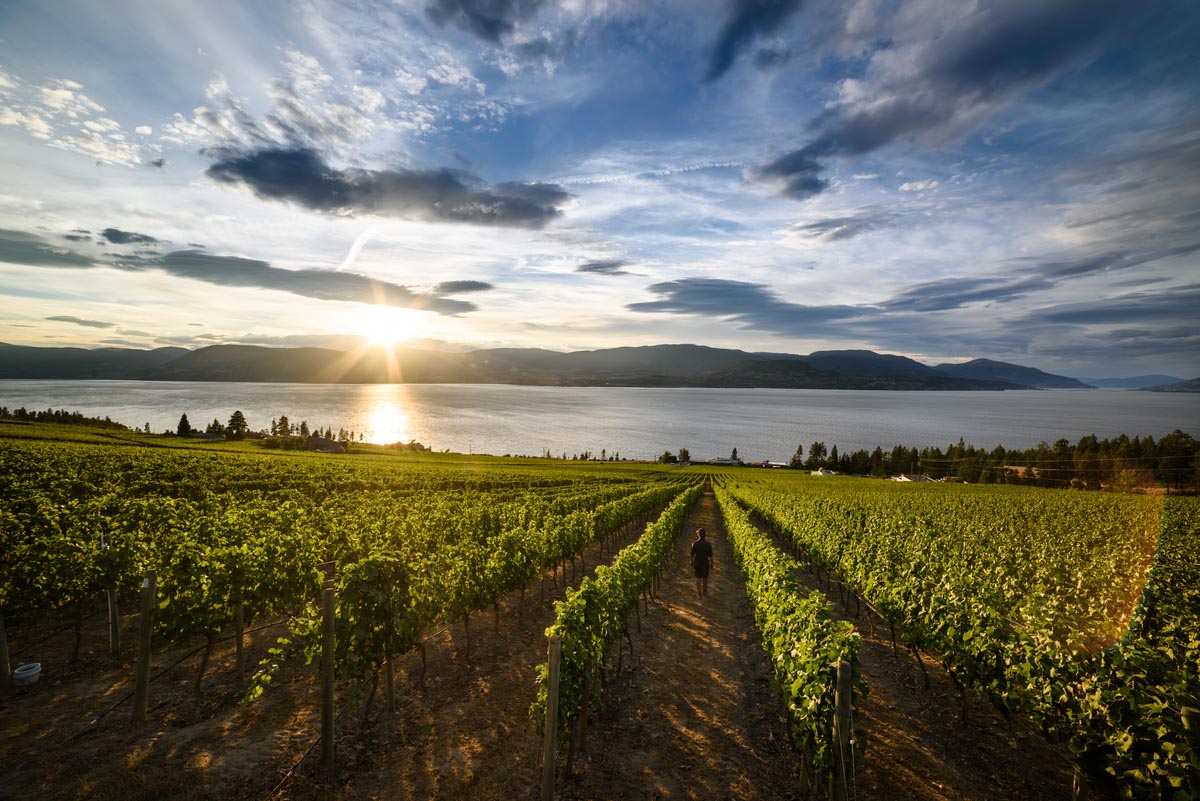
1. Okanagan Lake, Kelowna, B.C. This large fjord lake is thought to be the home of Ogopogo, a giant sea serpent. Records of Ogopogo go back as far as 1872 and it was written about in a local newspaper in 1926.
While you’re there at the start or end of your trip, keep an eye out for the humps of the long dark sea serpent popping up above the surface of the lake!
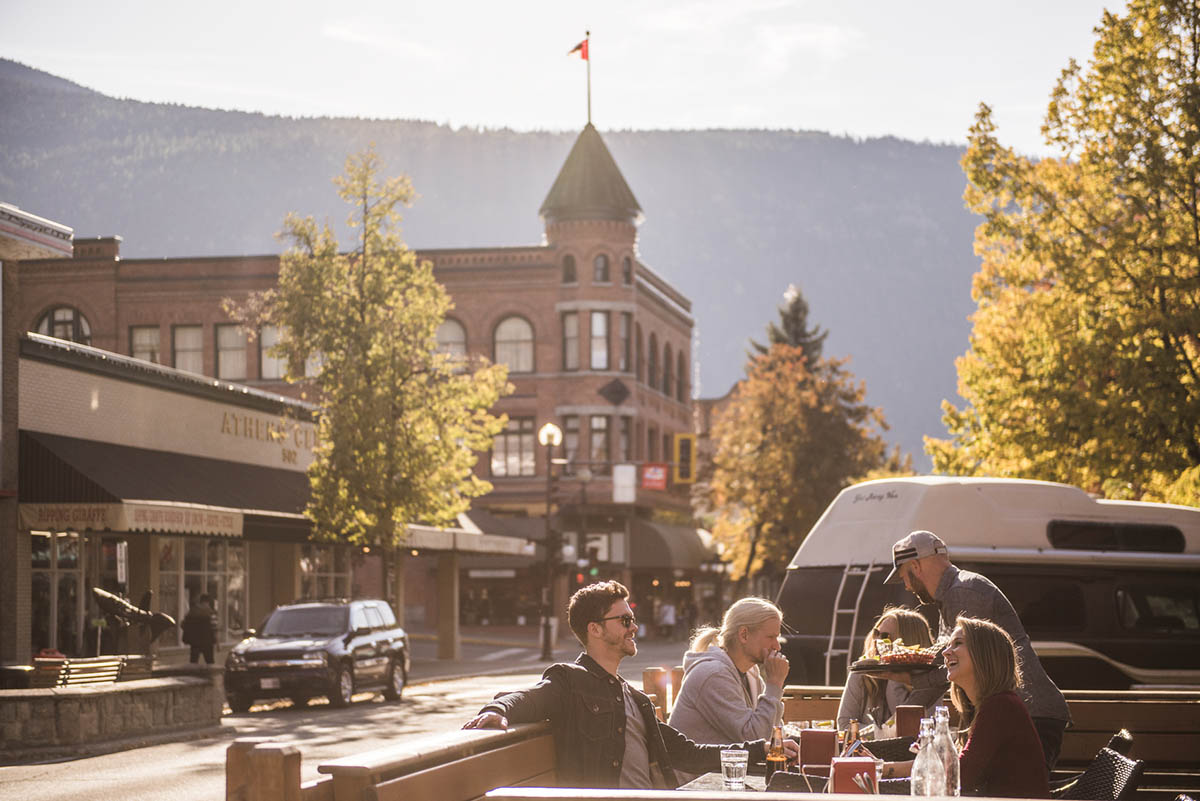
2. Nelson, B.C. This picturesque town, known for its draft-dodging, bohemian, tree-hugging soul, is tucked into the steep slopes of the Selkirk Mountains on the West Arm of Kootenay Lake in the Southern Interior of B.C. Founded during a silver rush in 1897, a sect of Christian war resisters from Russia, the Dukhobors, settled nearby, bringing their antiwar zeal.
During the Viet Nam war, Nelson became a haven for American draft dodgers, aided by members of a local Quaker community.
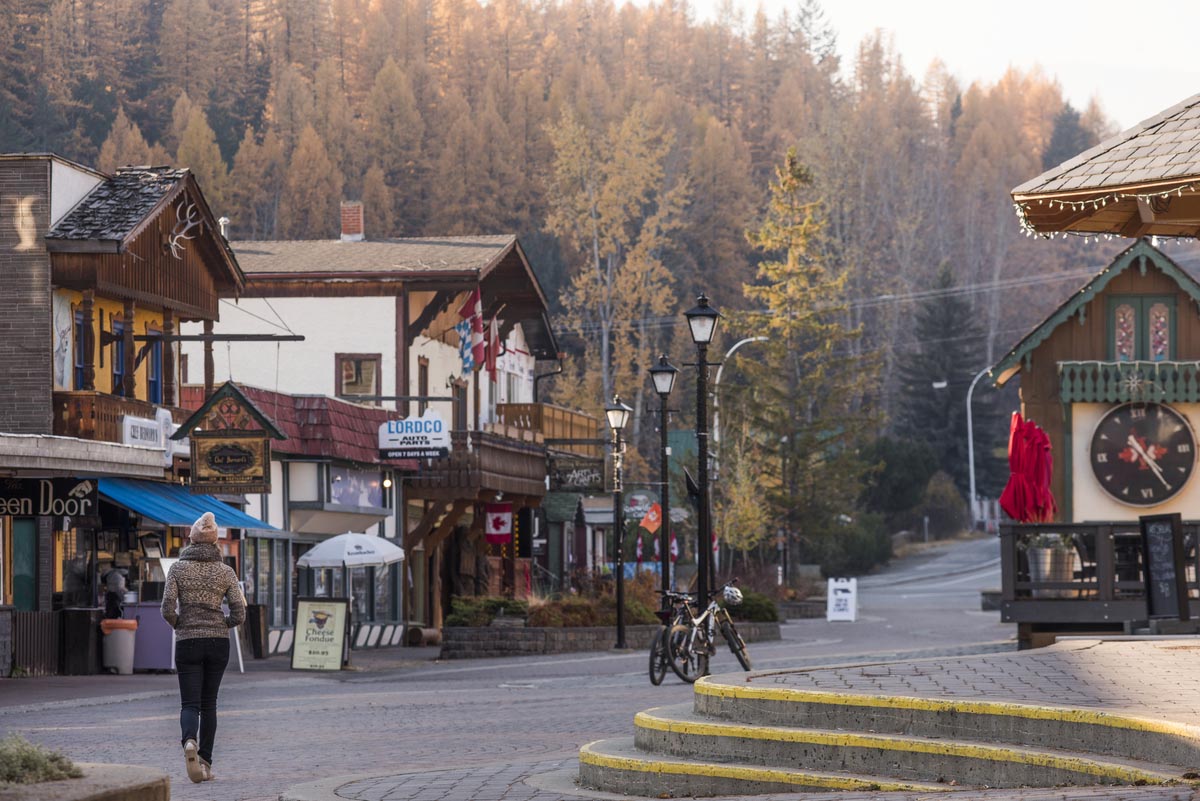
3. Kimberley, B.C. Named after the famous South African diamond mine, Kimberley is the highest town in Canada. Its setting has led to an Old Bavaria charm with Bavarian styled buildings, cafes, and shops.
While in town, listen for European music broadcast from the bandstand and watch for the wandering minstrel accordionist.
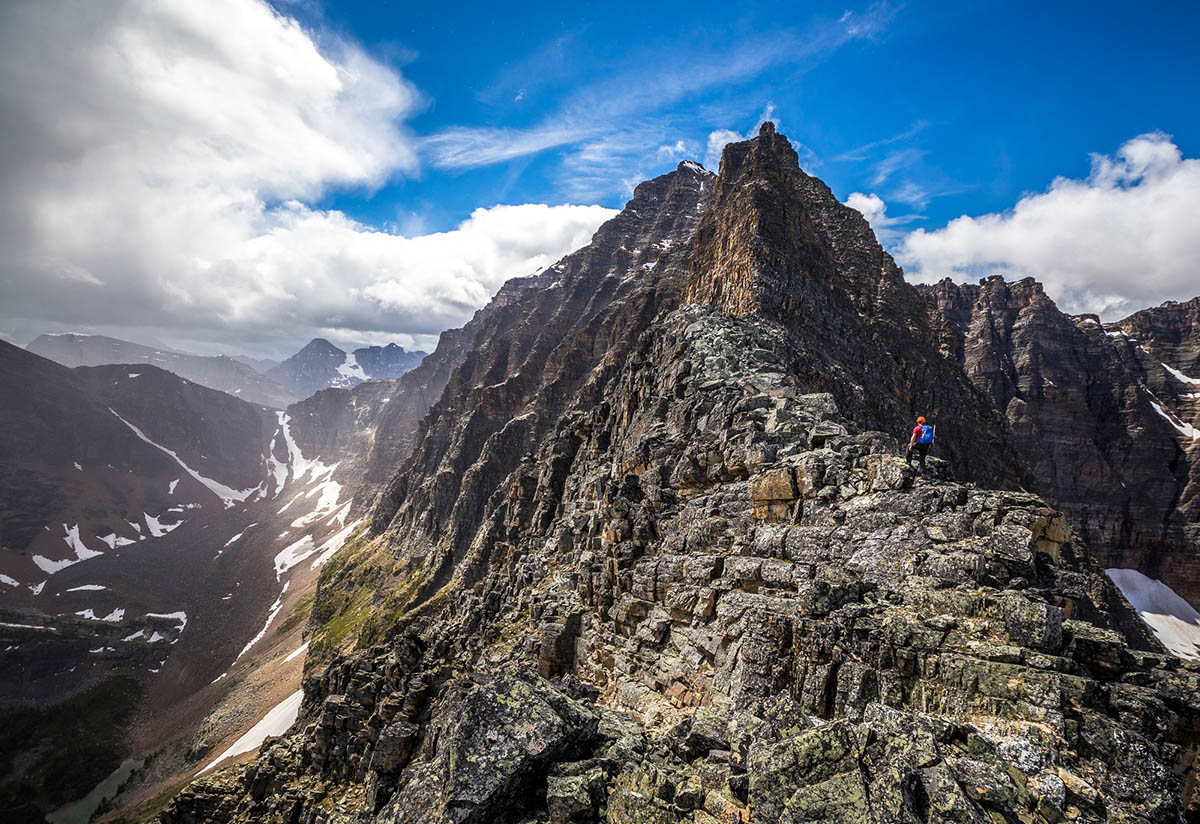
4. Castle Mountain Interment Camp. Built in 1915 and closed in July 1917, this Canadian internment camp held immigrants of Ukrainian, Austrian, Hungarian, and German descent—countries at war with Canada. Not much physical remains other than a memorial along the Bow Valley Parkway.
A total of 660 men were conscripted into forced labor to improve existing facilities and increase accessibility by developing the park system’s infrastructure.
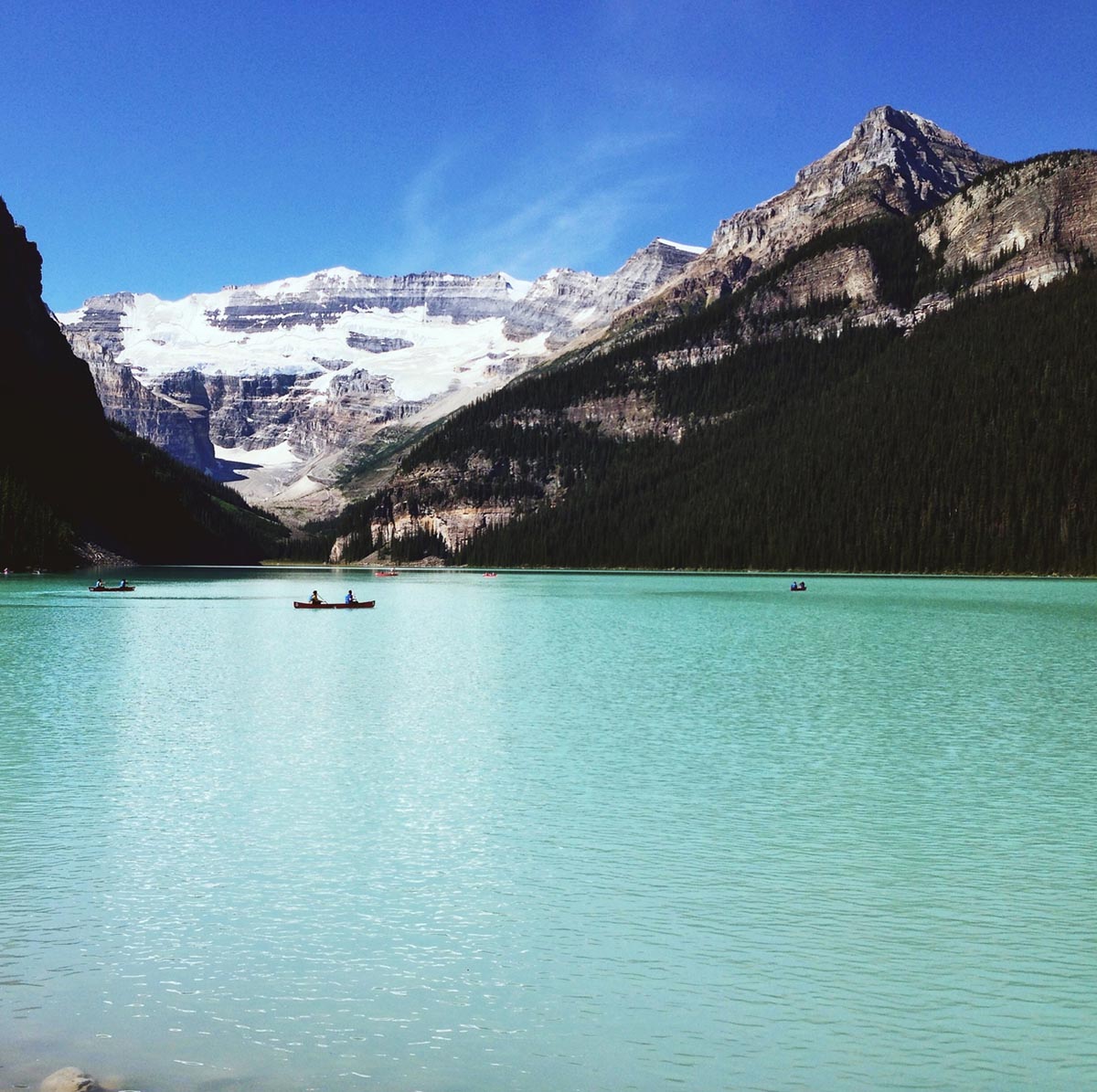
5. Lake Louise. Named Lake Ho-run-num-nay (Lake of the Little Fishes) by Stoney Nakota First Nations People, it was later changed and named after Queen Victoria’s fourth daughter.
The turquoise colour of the water comes from rock flour carried into the lake by melt-water from glaciers overlooking the lake. The Lake is five kilometers west of the Hamlet of Lake Louise.
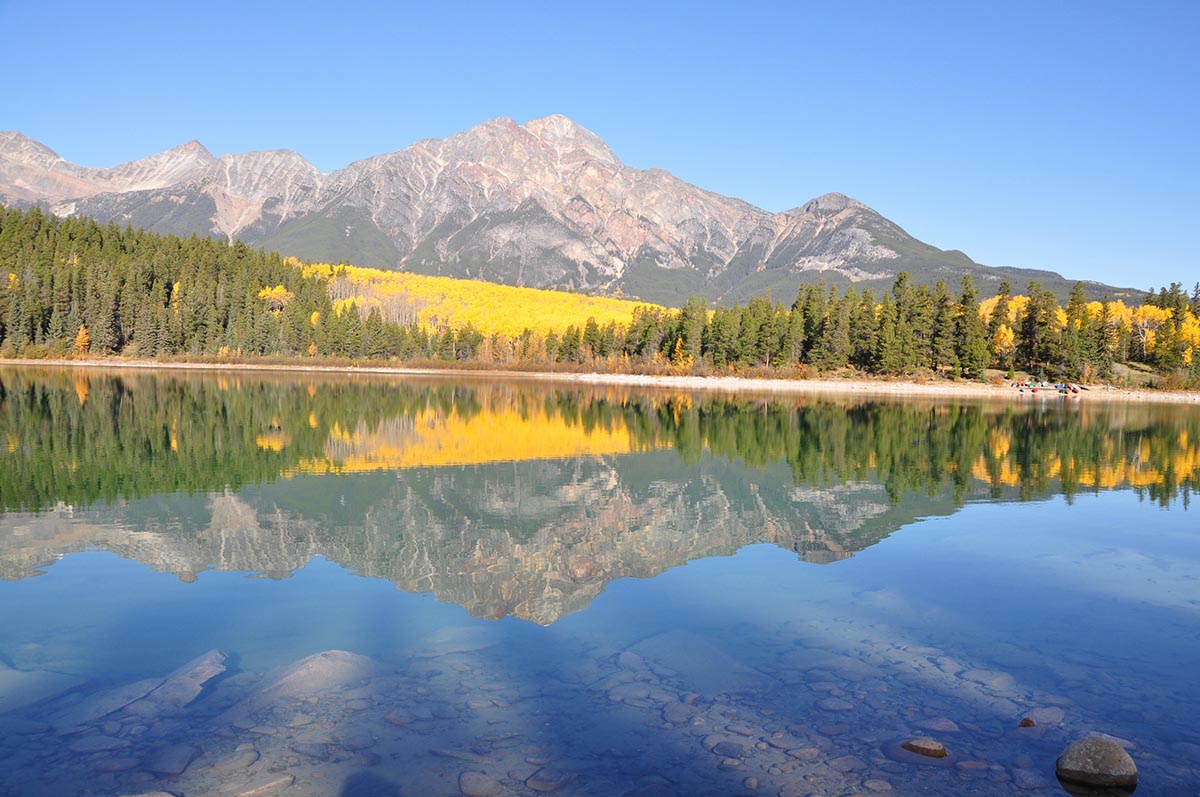
6. Operation Habbakuk at Patricia Lake (Jasper). This pristine mountain-lake setting was the site of a super top-secret military experiment during WWII. The idea, carried out on this lake, was to build a prototype aircraft carrier out of pykrete (a mixture of wood pulp and ice) to use against German U-boats in the mid-Atlantic.
The Allies deemed the project feasible and a 1:50 scale model prototype was built (the forms are at the bottom of the lake) but the war and the project ended soon after.
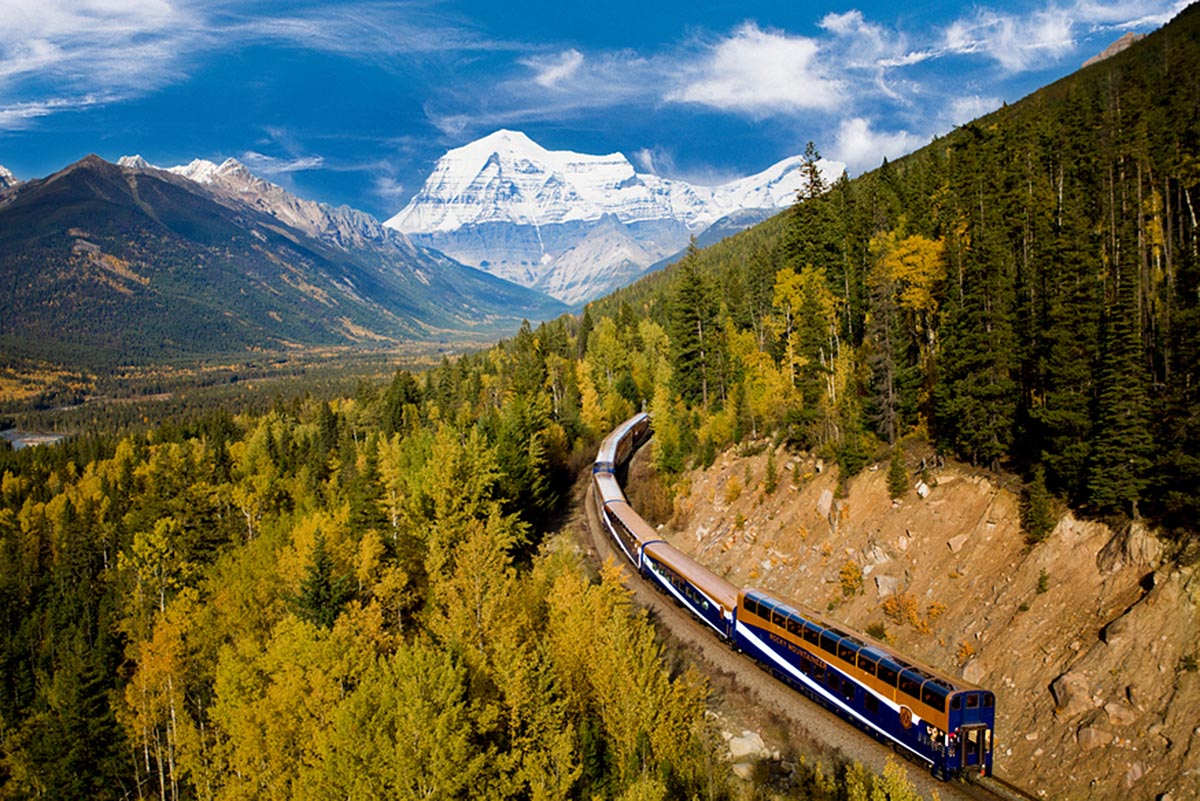
7. Mount Robson. Ranked as an Ultra Prominent mountain, it’s the single most prominent mountain in the North American Rockies Range and the 119th most prominent mountain in the world), Mount Robson.
Definition of Prominence. It’s also the highest point in the Canadian Rockies.
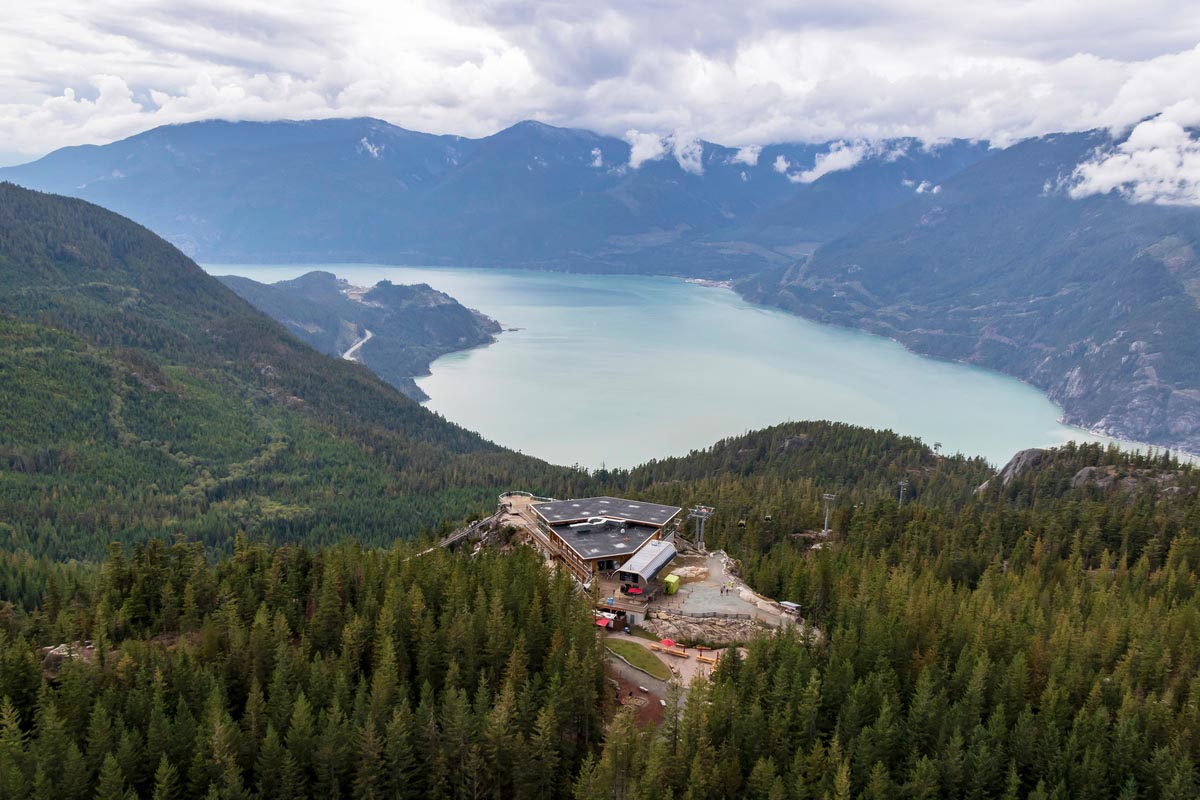
8. Parkhurst Ghost Town, Squamish, BC. Originally a successful logging outpost, this town, a relic from a not-so-distant past, was built a century ago.
Rusting vehicles and crumbling buildings remain in this decaying ghost town, as the forest slowly swallows them.They provide a canvas for unsanctioned art and colorful graffiti.
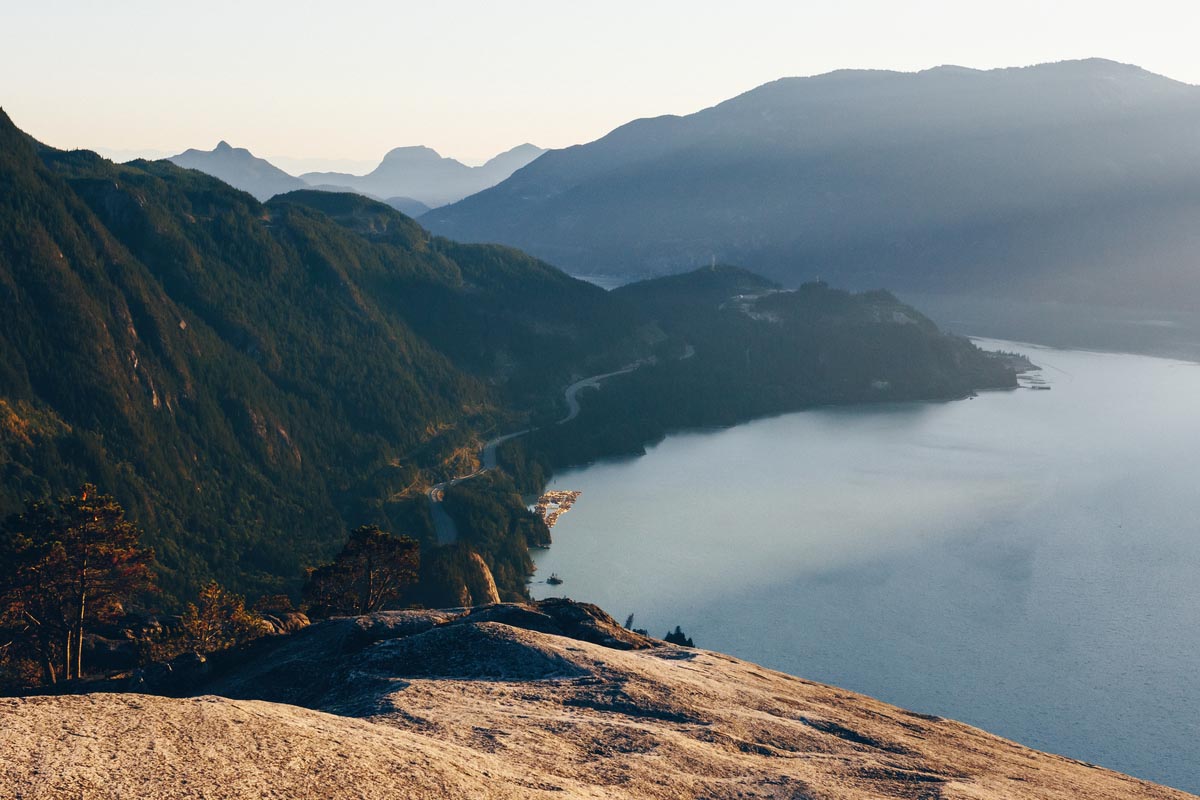
9. Stawamus Chief Mountain. Considered to be a place of spiritual significance by the Squamish, indigenous people of this area, this granitic dome towers 700 m (2,297ft) above the waters of Howe Sound. It’s part of a larger rock formation that dates back approximately 100 million years.
As the surrounding earth eroded, the rock emerged. The hiking isn’t overly technical but it’s highly challenging, heading straight up right from the start.
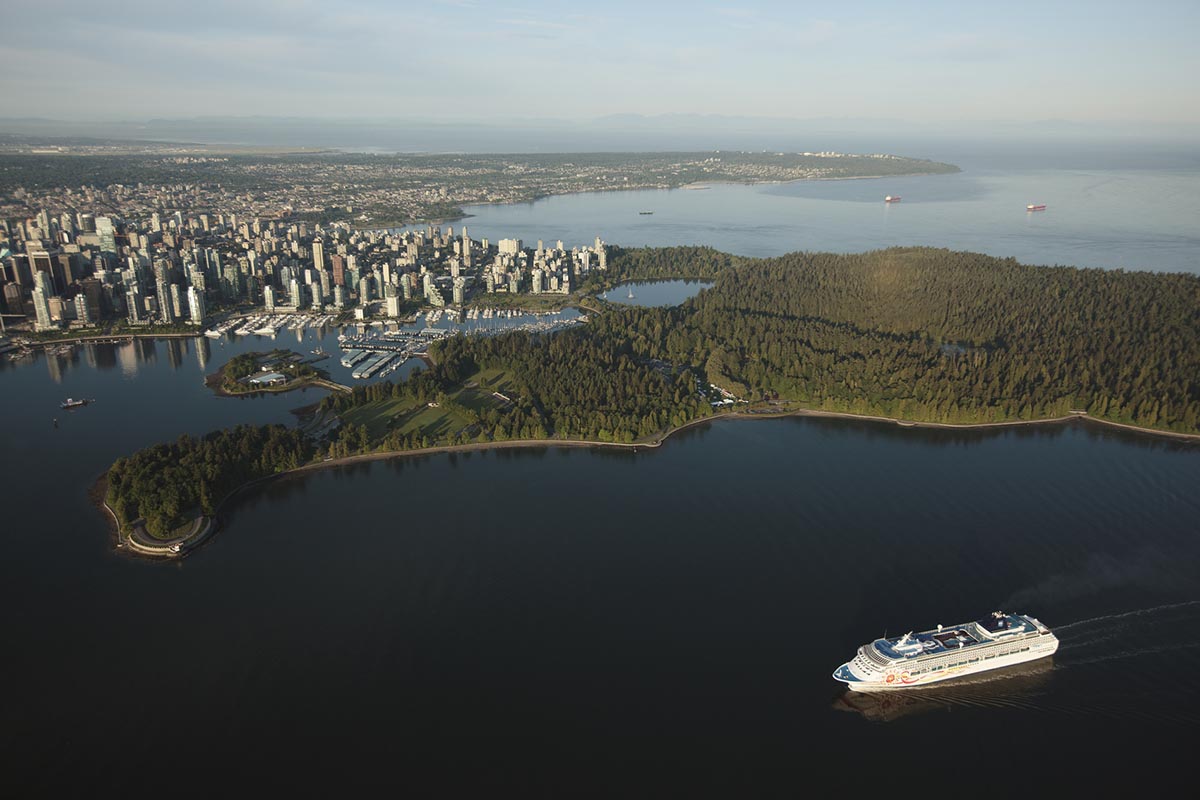
10. Stanley Park, Vancouver, B.C. Archaeological evidence suggests a human presence in the park dating back more than 3,000 years. It was colonized by the British during the 1858 Fraser Canyon Gold Rush and one of the first areas to be explored in the city.
Much of the park remains as densely forested as it was in the late 1800s with about half a million trees, some as tall as 76 metres (249 ft). On June 18, 2014, Stanley Park was named “top park in the entire world” by TripAdvisor based on reviews submitted.
See these sights on:
The Best of the Canadian Rockies —9 Day Express
The Best of the Canadian Rockies —12 Day Supported
Resources:
- Castle Mountain Internment Camp: Calgary Herald Calgary Herald
- Mount Robson: Wikipedia
- Nelson Canada Hippies Urbanites British Columbia: NY Times
- Parkhurst Ghost Town: Atlas Obscura
- Stanley Park: The Canadian Encyclopedia
- Stawamus Chief: Atlas Obscura
- The Secret Life of Canada, Project Habakkuk, Jasper’s Top Secret Ice Ship: CBCListen

